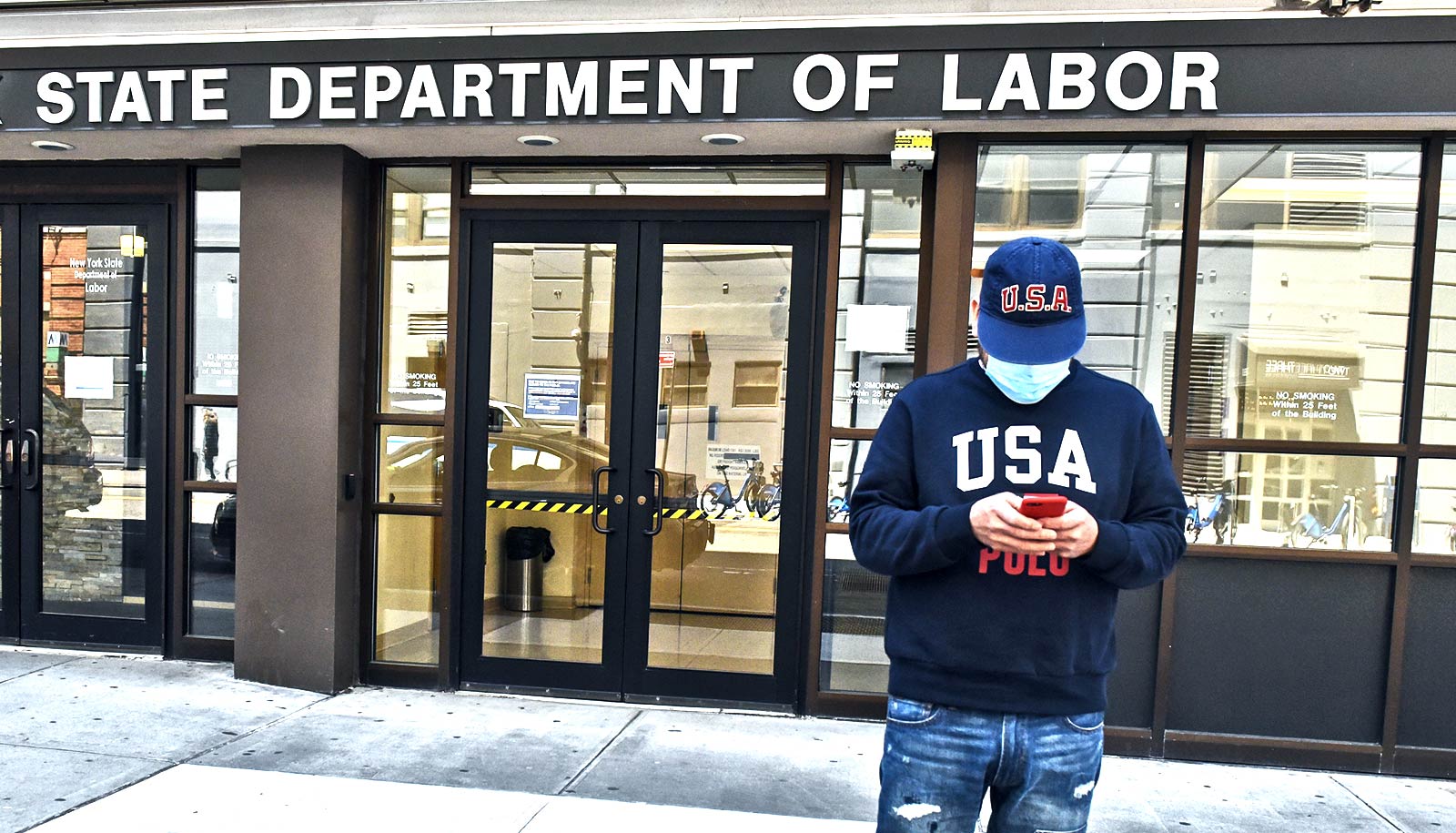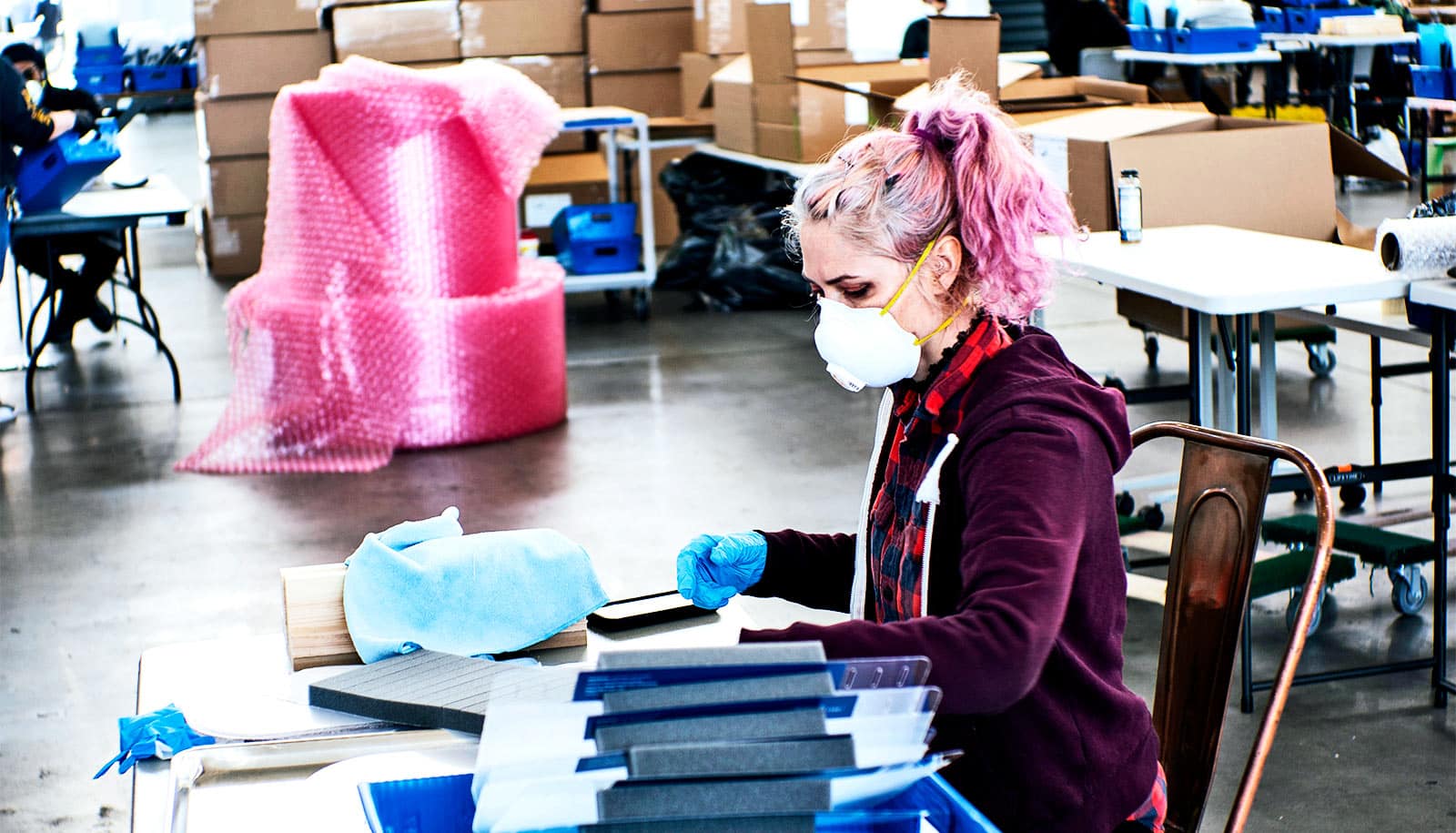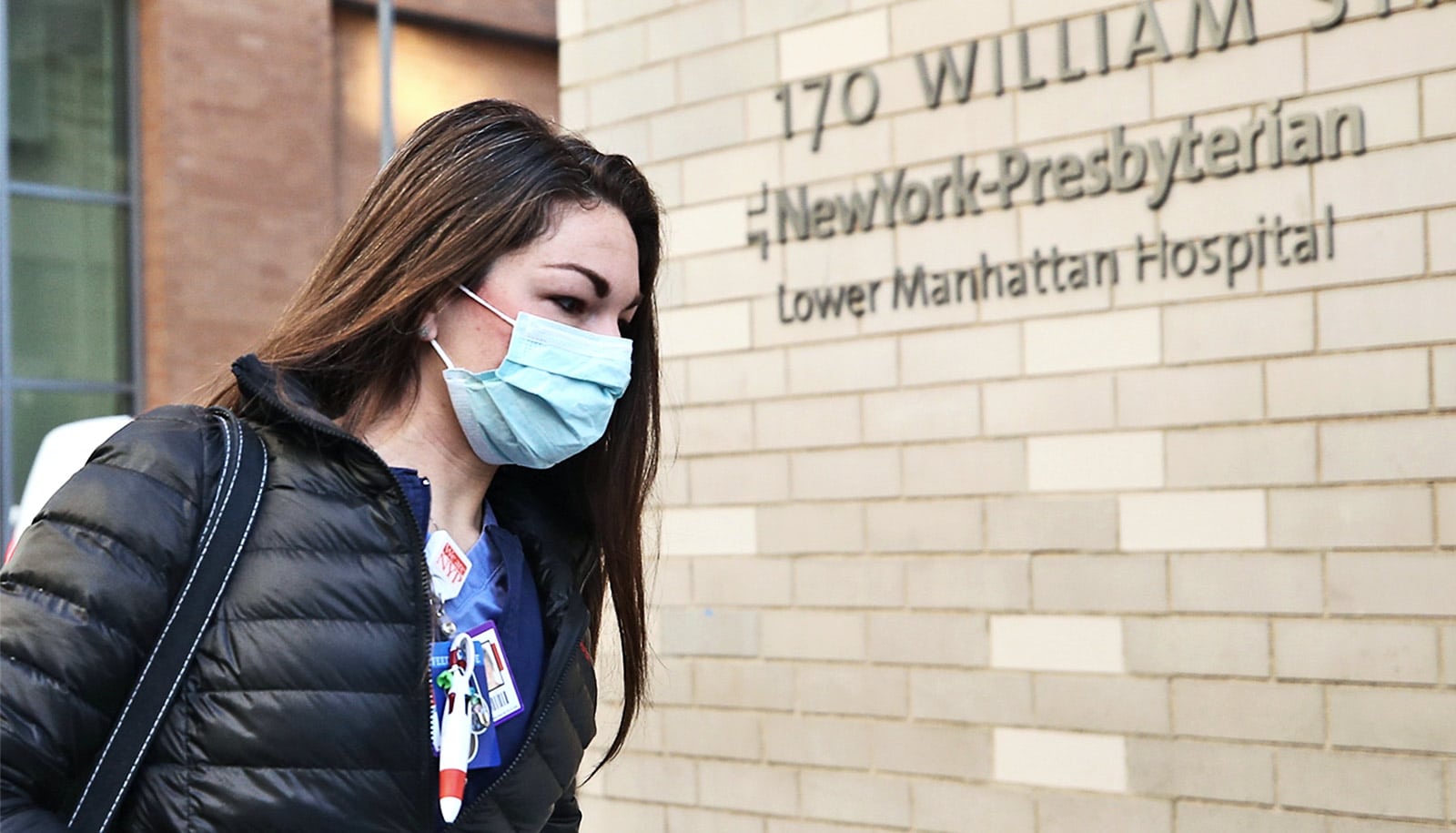For every 10 layoffs the economic slowdown to fight coronavirus has induced, just three new jobs are created, according to new research.
The numbers are finally capturing the full magnitude of the economic downturn the coronavirus pandemic has caused. The US Bureau of Labor Statistics, for example, recently announced a 14.7% unemployment rate for April.
The working paper is part of a special project by the Becker Friedman Institute of Economics that highlights new economic information about COVID-19.
While this reallocation shock is good news for some sectors, the authors find the news particularly troubling for others.
“We estimate that 42% of recent pandemic-induced layoffs will result in permanent job loss,” says Steven J. Davis of the University of Chicago Booth School of Business, a leading expert on hiring practices, job loss, and the effects of economic uncertainty.
“If the economic shutdown lingers for many months, or if serious pandemics become a recurring phenomenon, there will be profound, long-term consequences for the reallocation of jobs, workers, and capital across firms and locations.”
The researchers constructed a novel, forward-looking measure of expected job reallocation across US firms—pairing anecdotal evidence from news reports and other sources, along with the rich dataset provided by the Survey of Business Uncertainty.
Developed and fielded by the Federal Reserve Bank of Atlanta in cooperation with Chicago Booth and Stanford University, the SBU is a monthly panel survey which allows the calculation of a firm’s expected growth rate over the next year, and its degree of uncertainty about its expectations.
Two special staffing-related questions in the SBU reveal that pandemic-related developments caused near-term layoffs equal to 12.8% of March 1 employment and new hires equal to 3.8%—or, roughly three new hires per 10 layoffs.
The authors cite numerous sources that report large-scale hiring by certain retailers, grocers, and food-delivery firms. Furthermore, they find that some companies are becoming creative in managing their labor needs.
“Some companies are forming partnerships that exploit the re-allocative nature of the COVID-19 shock to speed hiring,” says Davis, also professor of international business and economics at Penn State.
“Grocery chains are creating labor exchanges with hotels, and retail stores are pairing with gig companies, among other creative solutions to move workers to where they are needed.”
Additional researchers from the Instituto Tecnológico Autónomo de México and Stanford contributed to the work.
Source: University of Chicago



